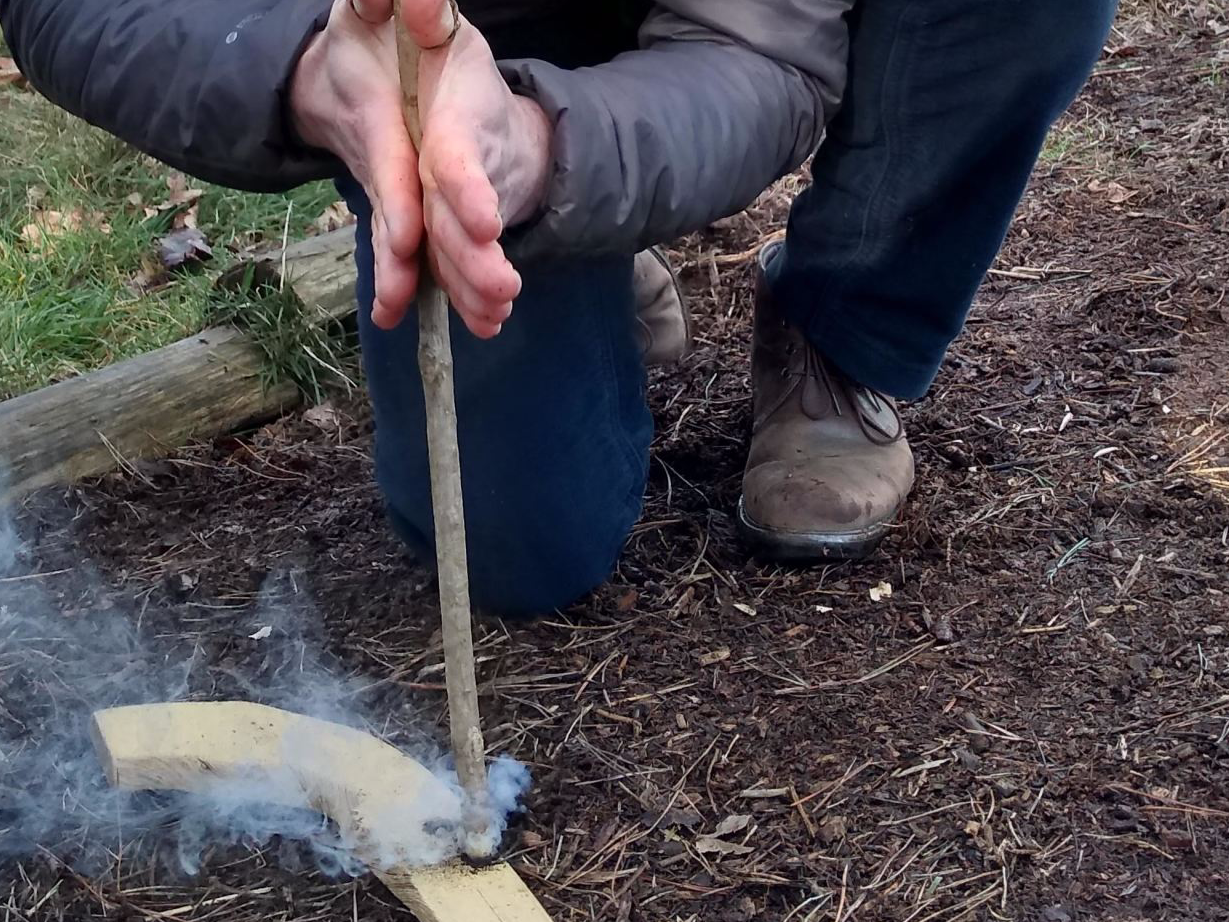Fire
The use of fire for our survival as a species has driven the evolution of our species changing dentition, digestion and higher value gained from our nutrition. This has allowed us to develop increasingly complicated technologies that ensure our survival in marginal areas of the world.
In this session we will cover the basics of firelighting using a Firesteel with reference to: - density,
- thermal conductivity,
- flexibility,
- latent heat of evaporation,
- surface area for reactions,
- energy stores and conversions,
- Oxygen as a limiting factor and
- combustion.
Subsequent sessions can allow for alternative methods of firelighting.
density,
thermal conductivity,
flexibility,
latent heat of evaporation,
surface area for reactions,
energy stores and conversions,
Oxygen as a limiting factor and
combustion.

Slide title
Write your caption hereButton
Slide title
Write your caption hereButton
Slide title
Write your caption hereButton
Challenge
- Do you have the skills to start and maintain a fire without a lighter or matches?
- Are you able to assess the materials around you and evaluate what will be useful and dry enough to be flammable?
- Are you able to consider the requirements for combustion and support it with foraged material that will produce enough heat to boil water?
Value
Drawing on elements from the three science syllabi this task will highlight the understanding required in key areas. Principles included are:
- Properties of materials including density and thermal conduction by which we are able to assess the levels of moisture within the foraged tinder;
- The consideration of surface area and the supply of oxygen in maintaining sufficient thermal energy output
- The principle of energy stores and how to assess and improve the levels of energy transfer into the pot.
Students will have the opportunity to make these judgements for themselves, reassess and try again. This will ensure that they not only have the success in the task that they require but also apply the aspects of their knowledge to a practical task.
© Feral Science 2019


